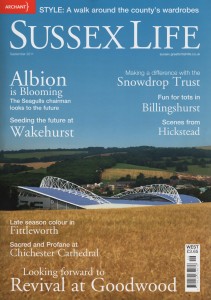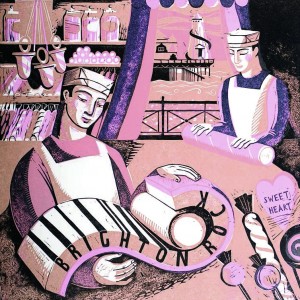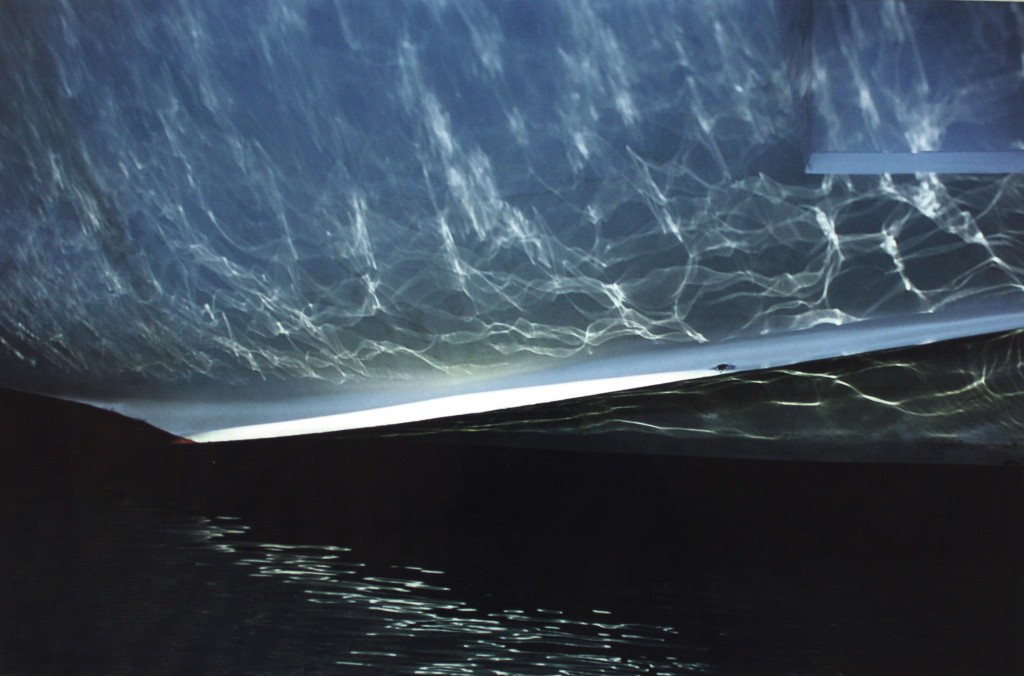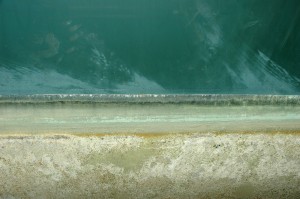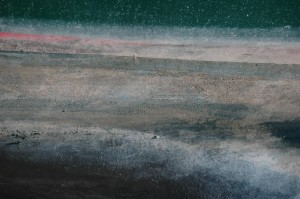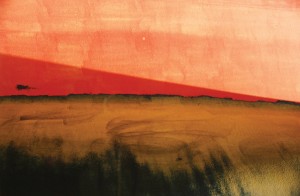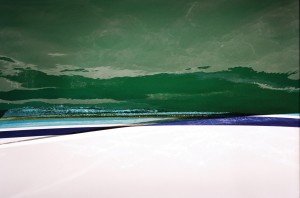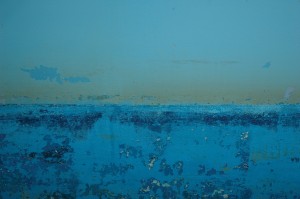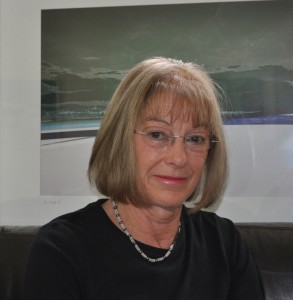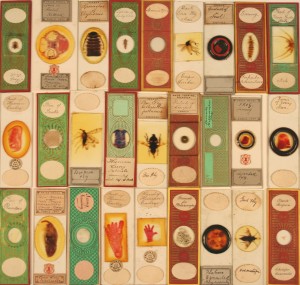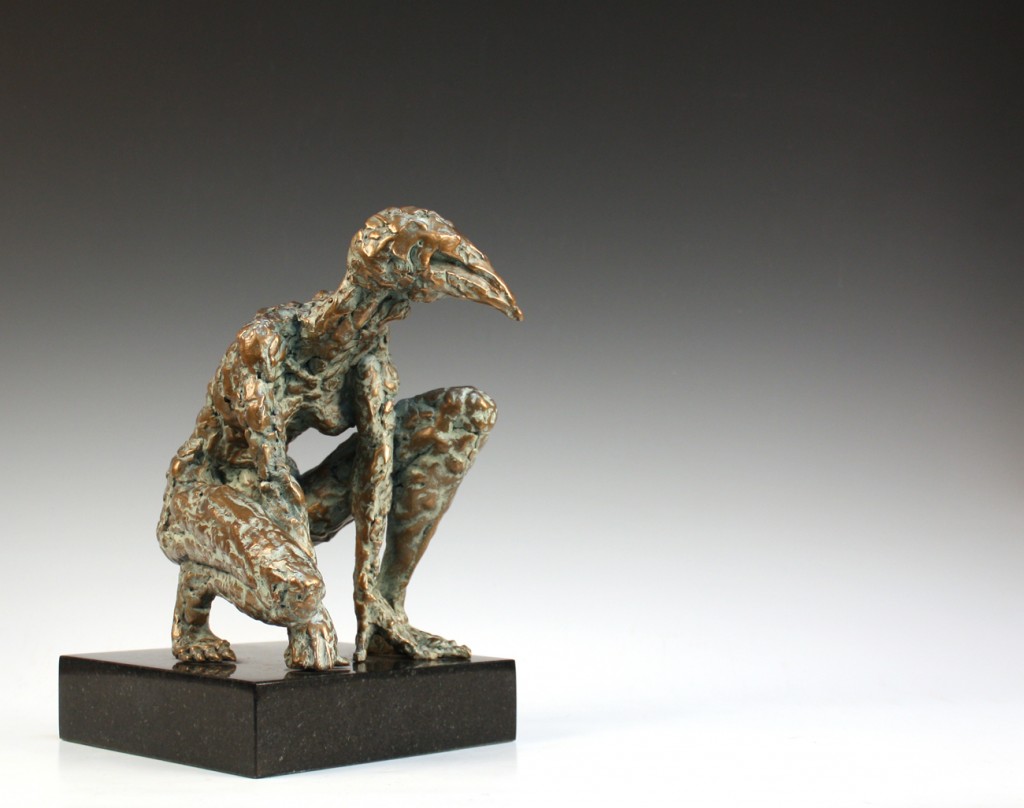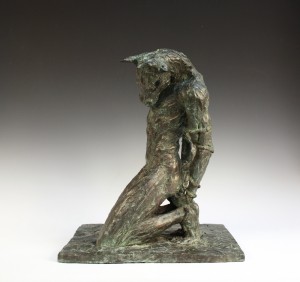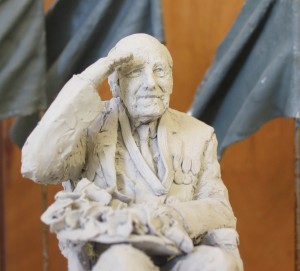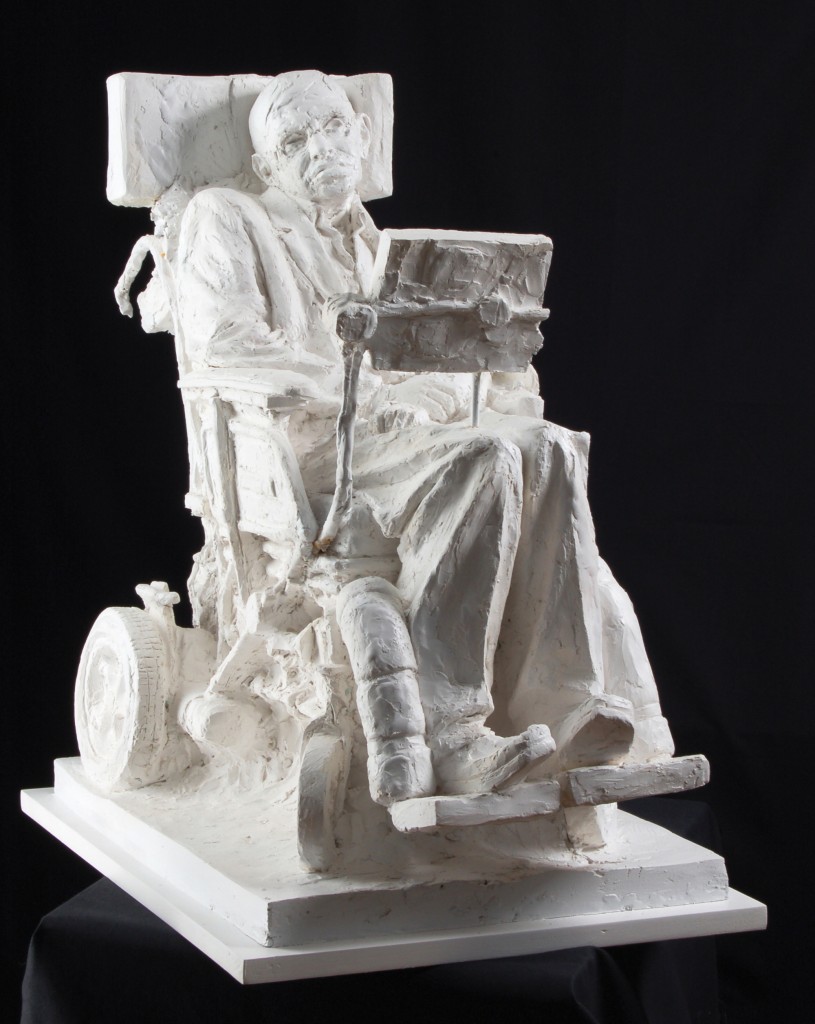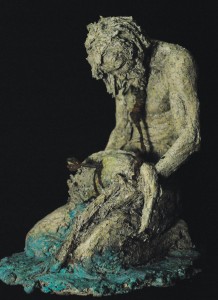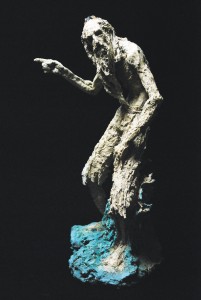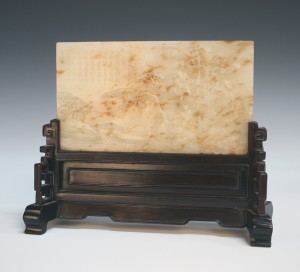
This antique Chinese jade table screen was sold by Toovey’s fine art auctioneers and valuers for £120,000. Top British and Chinese dealers descended on Toovey’s Spring Gardens rooms at Washington on Thursday 11th August for their specialist sale of Oriental ceramics and works of art. Prize of the auction was the diminutive jade screen, just over 6” wide, which dates from the reign of the Qianlong Emperor (1735-1796). Carved on both sides with landscape scenes and on one side with calligraphic text, the unassuming panel and later wooden stand were consigned to Toovey’s in a shoebox with several other items by probate solicitors after the clearance of a modest flat in Richmond. Toovey’s Oriental antiques consultant, Lars Tharp, subsequently identified the screen as rather more valuable an object than the shoebox suggested. On the day of the auction, the final bidding was left to two Chinese traders, one in the room, one bidding by telephone, who brushed aside competition from fellow dealers from China and the London specialist trade to battle it out to the emphatic hammer price, Toovey’s top result of the year so far. Further specialist sales of Oriental ceramics and works of art are scheduled throughout the rest of this year and early 2012. Visit the specialist sale page by clicking here to see forthcoming auctions, or contact Toovey’s to discuss the valuation and sale of your Oriental ceramics and works of art.
